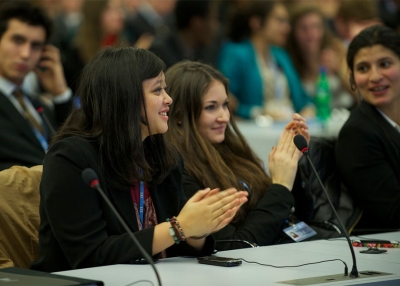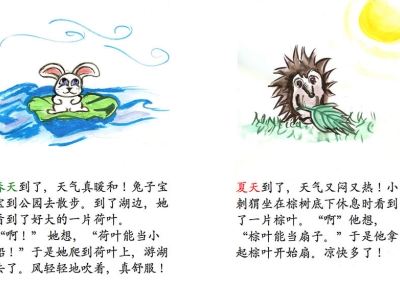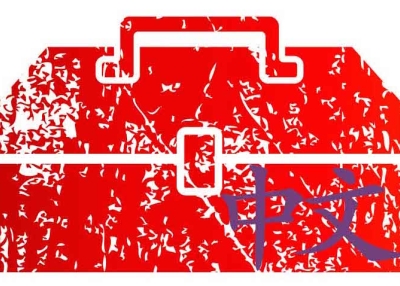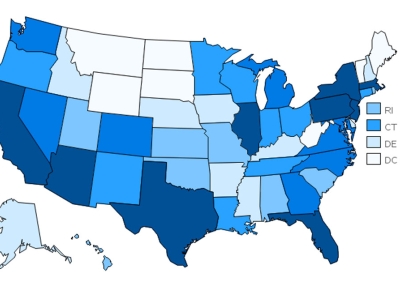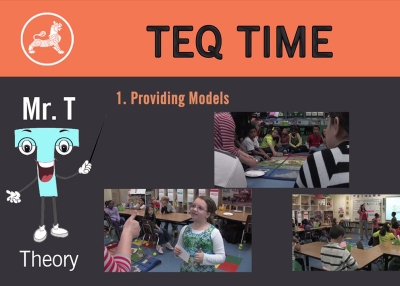SAGE Advice

Any teacher will tell you, give students a purposeful way to apply real-world skills, and they will become more engaged in their learning. The trouble for most schools has been how to systematize this type of education so students are constantly challenged in real and good ways.
Asia Society's network of teachers have developed something called SAGE Advice. SAGE is an acronym for student choice, authentic work, global significance, and exhibition to a real-world audience.
Here's how it works:
Student Choice
Project-based learning tasks call on students to plan and assess their work over time through reflection. Students make key decisions about the direction of their work, focus, and presentation.
When designing project-based learning tasks, ask: are there opportunities for students to make choices about content, process, and/or product?
Here are some ways students make decisions about their projects:
- Choose topics, themes, problems, or global issues.
- Create hypotheses.
- Select field research candidates (an expert, a survey pool, etc.)
- Design a final project that can demonstrate their learning.
Authentic Work
Learning should be an experience that resembles what adults do in the real-world. This requires students to communicate, collaborate, think critically, be creative, negotiate with other people, and use digital media in ways that support knowledge and skills building.
When designing project-based learning tasks, ask: are students doing the kind of work real professionals do? (Remember tryptichs are not often used in the real world!)
- Create a piece of technical writing (instruction manual, how-to text, etc.).
- Create a piece of advertising or media for a marketing campaign (flyers, public service announcement, commercial, website).
- Curate an exhibition.
- Create a prototype.
- Develop a business plan or a funding proposal.
Global Significance
Project-based learning fosters the capacity and dispositions to understand and act on issues of global significance. Ideally, the task stimulates students to build knowledge that is cross disciplinary.
Consider: how are students building their global competencies by investigating the world, weighing perspectives, communicating effectively, and/or taking action?
Simple ways to start:
- Include texts by authors from around the world.
- Study a text and look for influence on culture.
- Take part in collaborative projects with students around the globe.
- Create a “think globally, act locally” service learning project.
- Read a nonfiction text about global systems.
Exhibition to a Real-World Audience
The task provides students with opportunities to showcase or present their work to an appropriate and relevant audience—beyond the teacher and classroom.
Coach students to find opportunities to present their learning to an authentic audience. Some ideas:
- Present to a group who can support the idea (city council, principal, school board, teachers, parent groups, non-profit, business group, etc.).
- Submit work for publication in a magazine, online forum, etc.
- Participate in a museum/library exhibition or a film festival.
Start with designing capstone projects with SAGE Advice in mind. You may find the more you use SAGE for everyday learning tasks, the most it becomes the culture of the school.

